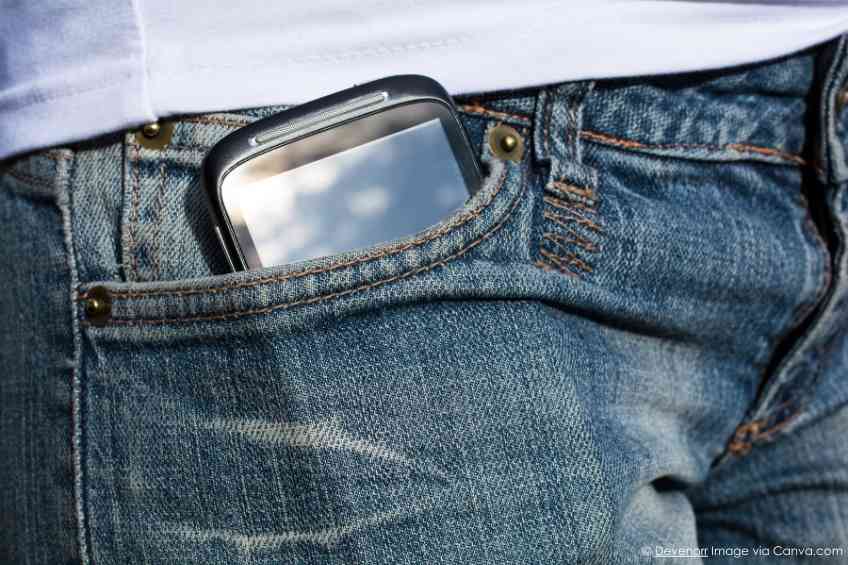By John Salak –
There is little debate over the fact that male fertility rates, tied to lower sperm counts, are declining and have for decades. In fact, the decline is actually picking up speed. Over the last 50 years, sperm counts have fallen by more than 50 percent. The pace has increased by twice that annual rate in the last 25 years, CNN reported.
There have been endless studies on the reasons behind the steep drop, yielding possible answers that include the rise in obesity, the switch in diets to more processed foods and even environmental considerations that include the rise in atmospheric toxins. Then, of course, there is the impact of the ubiquitous mobile phone, whose global emergence coincides with the precipitous drop in sperm counts.
Do these electromagnetic radiation emitting devices, usually shoved in pants pockets, have an impact on the decline in sperm quality? Heaven knows these phones have been blamed for this and much more in recent years. Many have scoffed at the notion, but Swiss researchers now claim these phones may actually be part of the problem and they’ve got some proof to back up their position.
A cross-sectional study by the University of Geneva (UNIGE), in collaboration with the Swiss Tropical and Public Health Institute (Swiss TPH), reports that frequent mobile phone use is associated with a lower sperm concentration and total sperm count. However, researchers did not find any association between mobile phone use and low sperm motility and morphology, which relates to the size and ability of sperm to move rapidly.
The team noted that many studies have already identified the decline in semen quality in the last 50 years with average counts dropping from 99 million sperm per milliliter to 47 million per milliliter. The decline as noted is believed to be the result of a combination of environmental factors (endocrine disruptors, pesticides, radiation) and lifestyle habits (diet, alcohol, stress, smoking).
Determining whether the mobile phone is also to blame led the team to study almost 3,000 Swiss men aged 18 to 22 over more than a decade, focusing on their sperm counts and mobile phone use.
”Men completed a detailed questionnaire related to their lifestyle habits, their general health status and more specifically the frequency at which they used their phones, as well as where they placed it when not in use,” explained the study’s co-direct Serge Nef, full professor at UNIGE.
The results revealed an association between frequent use and lower sperm concentration. Frequent phone users, those who called more than 20 times a day, had a 21 percent lower sperm count on average than infrequent users—those who did not use their phone more than once a week.
Phone positioning, trouser pocket versus jacket pocket, didn’t seem to have an impact on lower sperm counts, although an absolute assessment of positioning was not clear. ”However, the number of people in this cohort indicating that they did not carry their phone close to their body was too small to draw a really robust conclusion on this specific point,” explained first author and co-leader of the study Rita Rahban, a senior researcher and teacher at the university.
UNIGE’s research is not the first to examine the potential impact of mobile phones on sperm counts and male fertility levels. But the university’s research team believes its investigation did allow them to dig deeper into potential links and causes by avoiding the flaws of earlier work.
”Previous studies evaluating the relationship between the use of mobile phones and semen quality were performed on a relatively small number of individuals, rarely considering lifestyle information, and have been subject to selection bias, as they were recruited in fertility clinics. This has led to inconclusive results,” Rahban explained.
Yet even this study has its limitations because it relied on self-reported data in terms of usage. The Swiss government hopes to overcome this by launching another study this year to directly and accurately measure exposure to electromagnetic waves, as well as the types of use—calls, web navigation and sending messages.
The aim is to get a better handle on the link identified by this recent research. ”Do the microwaves emitted by mobile phones have a direct or indirect effect? Do they cause a significant increase in temperature in the testes? Do they affect the hormonal regulation of sperm production? This all remains to be discovered,” added Rahban.













